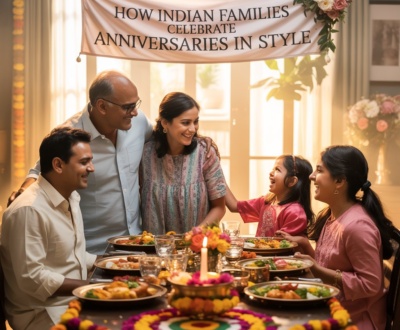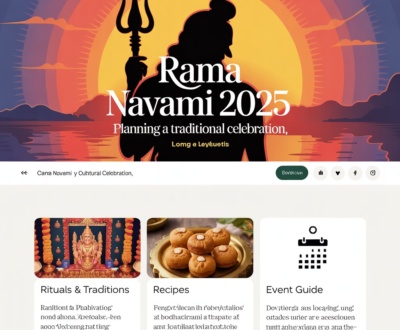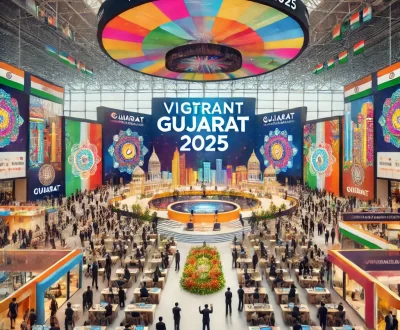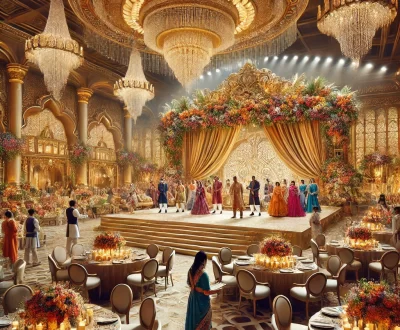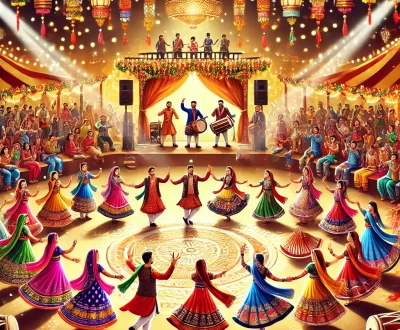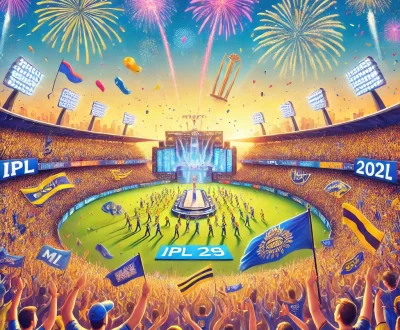The Growing Popularity of Experiential Marketing in Events
- February 17, 2025
- Uncategorized

In the evolving world of marketing, experiential marketing has emerged as a powerful strategy for engaging audiences and leaving a lasting impression. Events play a crucial role in this marketing approach by providing immersive, hands-on experiences that resonate with attendees. As businesses recognize the potential of creating meaningful interactions with consumers, the popularity of experiential marketing in events continues to grow. This article explores the factors driving this trend, the benefits it offers, and best practices for successful implementation.
Understanding Experiential Marketing
Experiential marketing, also known as engagement marketing, involves creating events or experiences that actively engage consumers with a brand. Unlike traditional advertising, which communicates messages through media channels, experiential marketing immerses individuals in the brand’s world. This direct engagement fosters emotional connections, enhances brand loyalty, and encourages word-of-mouth promotion.
Key Characteristics of Experiential Marketing:
Interactive and participatory
Emotionally engaging
Memorable and shareable
Aligned with brand values and goals
Factors Driving the Popularity of Experiential Marketing
- Shifting Consumer Expectations
Today’s consumers seek more than just products or services; they value experiences that add meaning to their lives. With social media influencing lifestyle choices, people are more inclined to participate in events that offer unique, shareable moments.
The overwhelming presence of digital content has led to screen fatigue among consumers. Experiential marketing provides a tangible, real-world alternative that captures attention and fosters authentic connections.
- The Rise of Social Media
Social media platforms amplify the impact of experiential events. Attendees frequently share their experiences online, generating organic, user-created content that increases brand visibility.
- Increased Competition
Brands face intense competition in crowded markets. Experiential marketing differentiates companies by creating distinctive and memorable customer interactions.
Benefits of Experiential Marketing in Events
- Enhanced Brand Awareness
Interactive events attract attention and encourage participants to share their experiences on social media, extending the brand’s reach.
- Stronger Emotional Connections
Experiences that evoke positive emotions create lasting memories and foster brand loyalty.
- Increased Customer Engagement
Hands-on activities and personalized interactions make participants feel valued and involved.
- Valuable Insights and Feedback
Events provide opportunities to gather real-time feedback, helping businesses better understand customer preferences.
- Higher Return on Investment (ROI)
Engaging experiences often lead to higher conversion rates and long-term customer relationships.
Examples of Successful Experiential Marketing in Events
- Coca-Cola’s Share a Coke Campaign
Coca-Cola’s personalized bottles and interactive kiosks allowed customers to create custom-labeled bottles, generating massive social media engagement.
- Nike’s Unlimited Stadium
Nike created a high-tech running track in Manila, where participants raced against a digital avatar of themselves. The event attracted fitness enthusiasts and reinforced Nike’s innovation-driven image.
- Red Bull’s Stratos Jump
Red Bull sponsored Felix Baumgartner’s record-breaking space jump, captivating audiences worldwide and reinforcing the brand’s adventurous identity.
Best Practices for Implementing Experiential Marketing in Events
- Define Clear Objectives
Determine the goals of the experiential event, such as brand awareness, product launch, or community engagement.
- Know Your Audience
Understand the target demographic’s preferences and expectations to design relevant and engaging experiences.
- Create Shareable Moments
Design elements that encourage participants to share their experiences online, such as interactive installations and branded hashtags.
- Integrate Technology
Utilize tools like augmented reality (AR), virtual reality (VR), and interactive apps to enhance engagement.
- Measure Success
Track metrics such as social media mentions, event attendance, and post-event surveys to assess the campaign’s effectiveness.
The Future of Experiential Marketing in Events
As technology continues to advance, experiential marketing will likely incorporate more immersive and personalized elements. Trends to watch include:
Augmented Reality (AR) and Virtual Reality (VR): Enhanced digital experiences that blend with physical events.
Sustainability: Eco-friendly event practices to meet growing environmental concerns.
Hybrid Events: Combining in-person and virtual components to reach wider audiences.
In conclusion, experiential marketing’s growing popularity in events reflects a broader shift toward experience-driven consumer engagement. By creating memorable, interactive experiences, brands can forge deeper connections with their audiences, stand out in competitive markets, and drive long-term success.
Subscribe to our newsletter!
More from our blog
See all postsRecent Posts
- How Indian Families Celebrate Anniversaries in Style May 28, 2025
- Rama Navami 2025: Planning a Traditional Celebration April 7, 2025
- Event Management of Maha Kumbh Mela 2025: A Grand Organizational Marvel March 26, 2025

